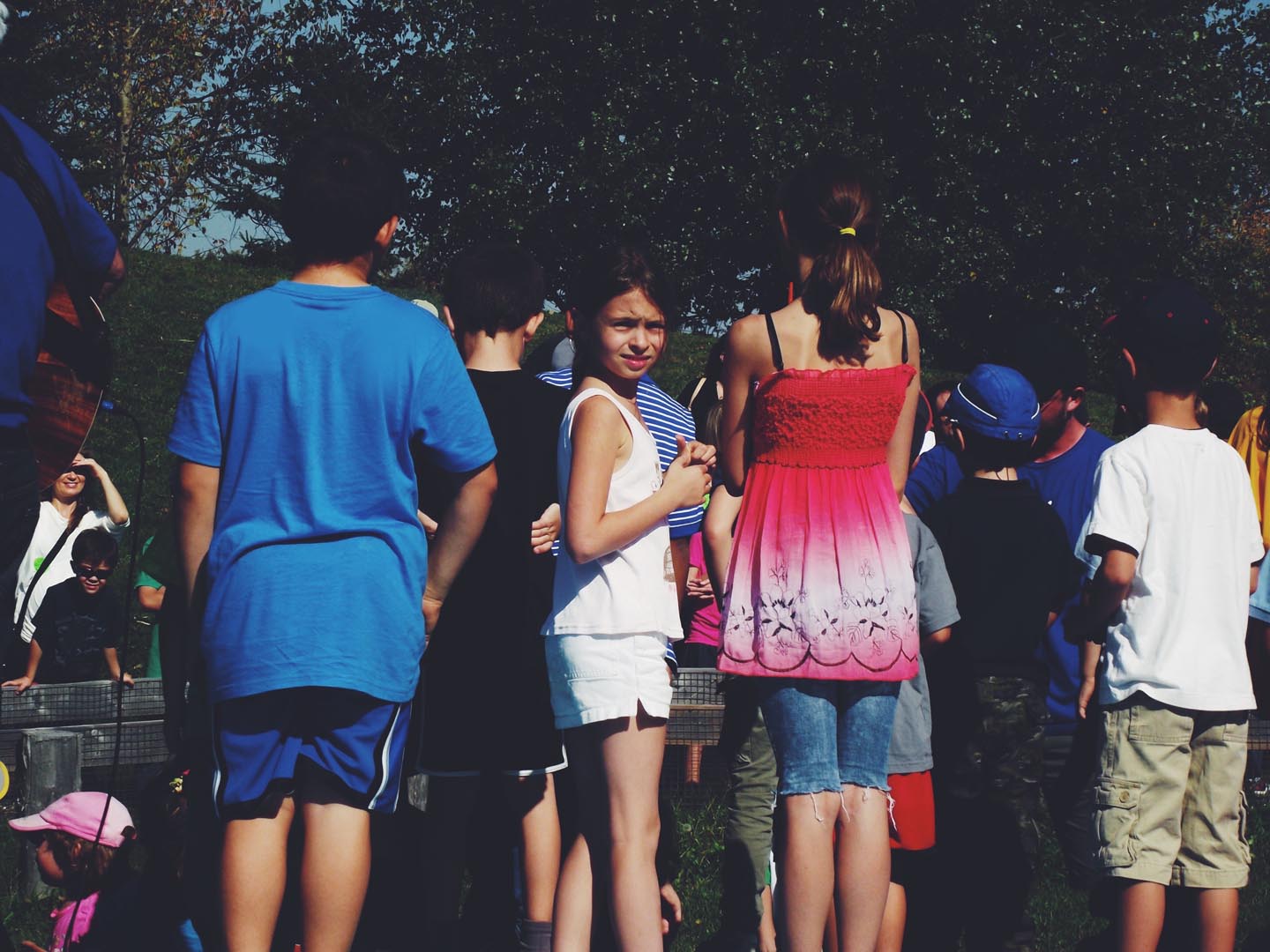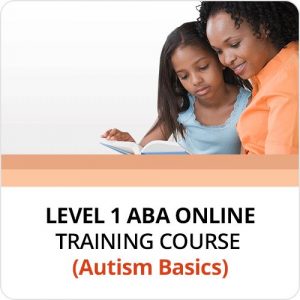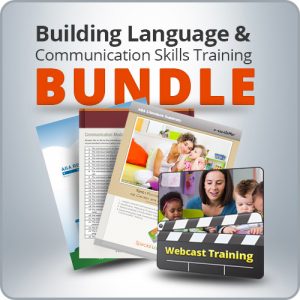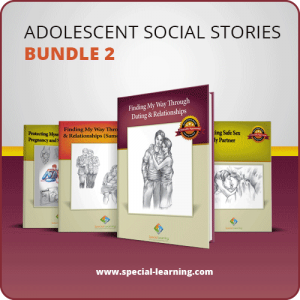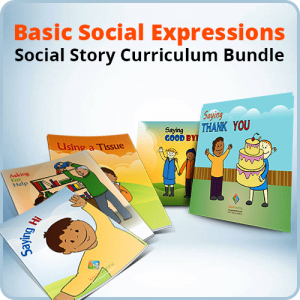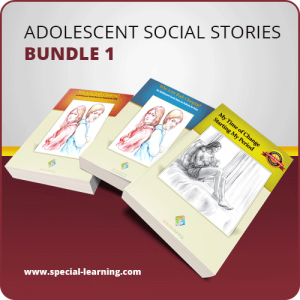Developing Communication Skills in Adolescence and Adulthood
Developing Communication Skills in Adolescence and Adulthood
The desire to interact enables people to acquire social skills instinctively. For people with autism, social deficits may introduce challenges that require them to make special efforts to learn social skills. With the help of parents and individuals who have knowledge and expertise in the field, social skills can be learned early on to prepare the child with autism for adolescence and adulthood.
Social Skills Deficits and Autism
There are several theories on why people with autism lack social skills –
• Individuals with ASD lack the ability to integrate multiple linguistic, social, and emotional messages in social situations (Frith, 1989).
• “Mindblindness” – Individuals with ASD lack the ability to understand the thoughts and feelings of others, also known as the “theory of mind” (Baron-Cohen, 1995).
• Individuals with ASD are unable to perceive and understand expressions (Hobson, 1996).
Fortunately, many proven behavioral methods have been developed to help children with autism transition into adolescence and adulthood as higher-functioning and more independent individuals.
Teaching Communication Skills
The ability to communicate has the greatest effect on one’s daily functioning and quality of life. As the child with autism matures, communication skills become increasingly important in terms of relationship building and integration to independent living.
Communication skills can be taught to people with autism through proven and effective methods of teaching, such as:
• Discrete trial teaching (DTT) – Required for teaching pre-requisite skills, DTT is composed of four components: discriminative stimulus, prompting, response, and reinforcement.
• Incidental teaching – involves unintentional or unplanned use of behavior change procedures within natural environments, to which learners are prompted when learning situations arise.
• Natural environment teaching – involves the planned use of behavior change procedures in natural settings and promotes ongoing learning.
• Social skills picture stories – are mini-books that depict individuals demonstrating various social skills.
• Cognitive picture rehearsal – uses individual pictures of social situations depicting antecedents to a problem situation, the socially appropriate behavior, and reinforcement for appropriate responses.
• Social stories – are stories written in the first person that aid the child in taking perspectives and can be used for priming.
• Structured learning – involves didactic instruction, modeling, role-playing, feedback, and practice.
In teaching communication skills to people with autism, several key sets of skills are targeted: pre-requisite (e.g., making eye contact), beginner (e.g., maintaining appropriate physical distance from others), and advanced (e.g., asking questions) skills. It is important that these skill sets are taught as early as possible to ensure the person with autism has acquired conversational skills before adolescence and they leave the educational setting and move on to another phase, such as adulthood.
Conversational skills are more effectively acquired in appropriate social settings: among friends and family, or at work or school. Some words or jokes, for example, are appropriate when told to friends but not to teachers or people you work with. These sensitivities are more easily acquired in a natural environment.
Copyright © by Special Learning Inc. All right reserved.
No part of this article may be reproduced in any manner whatsoever without written permission except in the case of brief quotations embodied in critical articles and reviews. For information, contact Special Learning Inc., at: contact@special-learning.com
